See a jaguar shattering a crocodilian’s skull and a ‘David Bowie’ spider in this sneak peak of the 2024 Wildlife Photographer of the Year
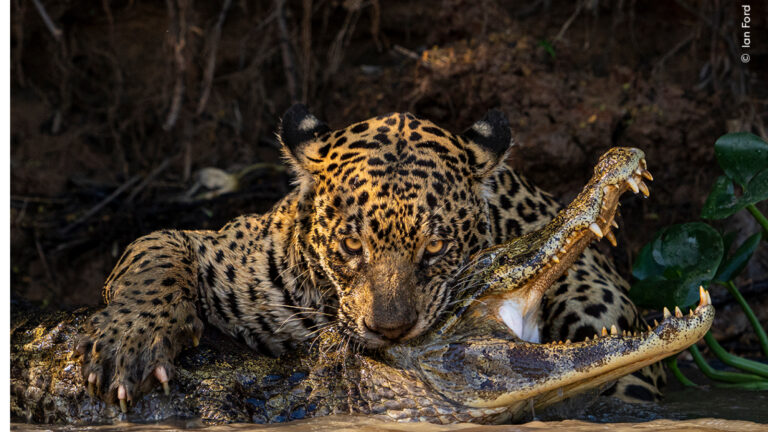
The photos will be displayed in October at London’s Natural History Museum.
Science and Technolgy blog

The photos will be displayed in October at London’s Natural History Museum.
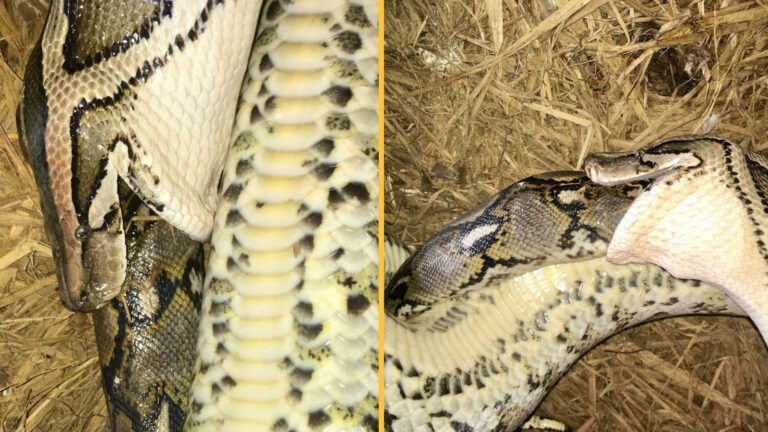
When two top predatory animals come into contact, anything can happen. One eating the other whole, though, is certainly unexpected.

The trigger behind summertime headaches may not be heat itself, but all of the things that come along with it, an expert said.
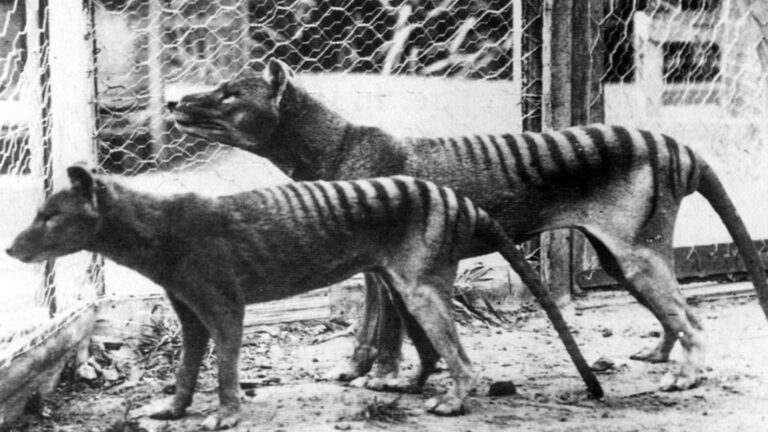
Discover interesting facts about where the Tasmanian tiger lived, what it ate, why and when it went extinct, and whether we could ever bring one back.
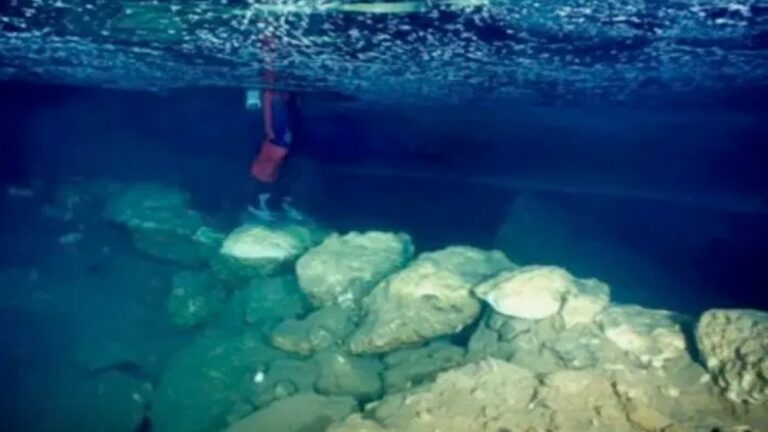
After analyzing a submerged bridge found in a Spanish cave, researchers have determined that humans inhabited the area earlier than previously thought.
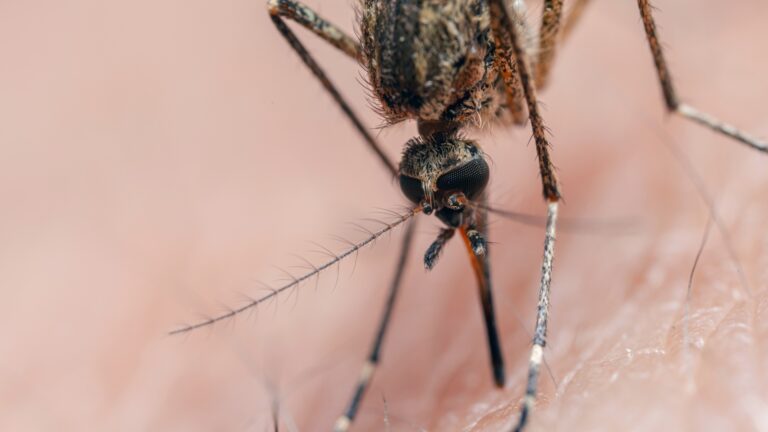
Recent cases of a viral illness nicknamed “triple E” have occurred in New England. Here’s what you should know about the disease.
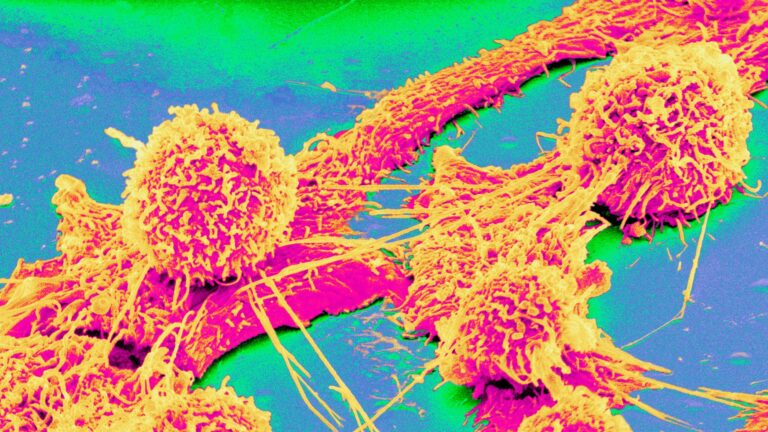
A study has tied a substance in the blood to colorectal cancer in people under age 50. It may act as an early signal of the disease, scientists say, but that needs to be confirmed.
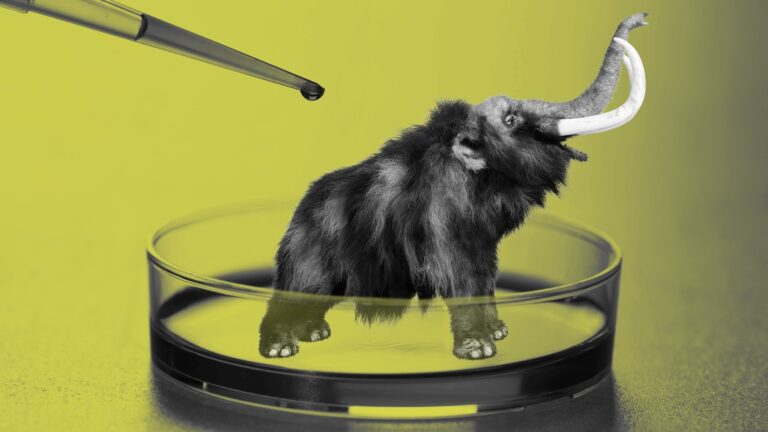
Scientists are getting very close to bringing a few iconic species, like woolly mammoths and dodos, back from extinction. That may not be a good thing.
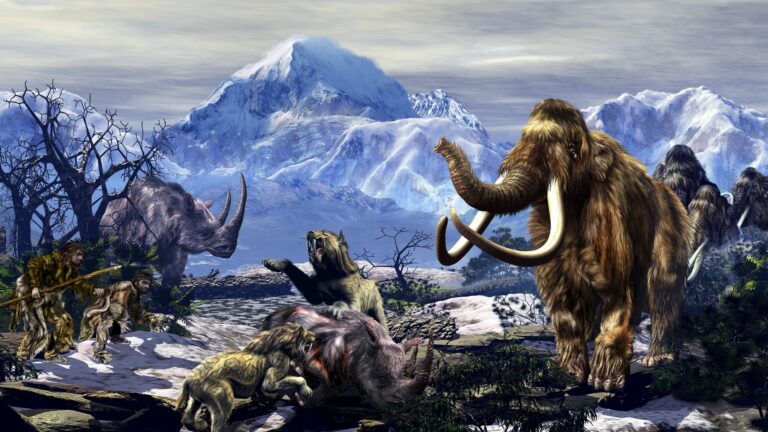
De-extinction — the science of resurrecting extinct species — is progressing in leaps and bounds. Here are six creatures that researchers could bring back to life.
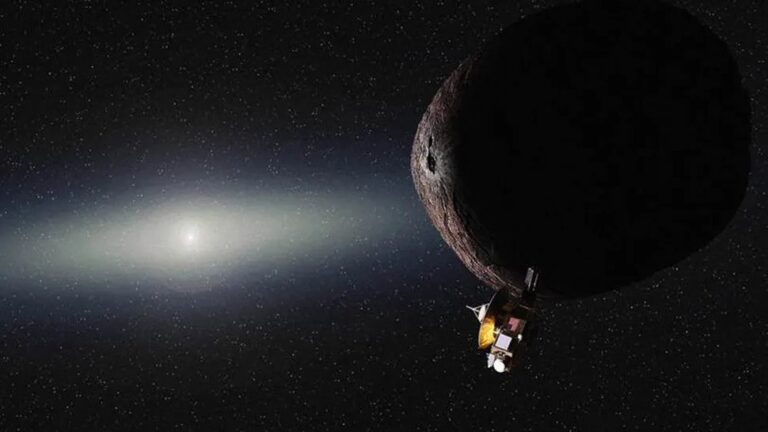
Finding the universe’s brightness is essential for confirming our theories of what makes up the universe. But to do so, scientists had to send a spacecraft far away from our sun.